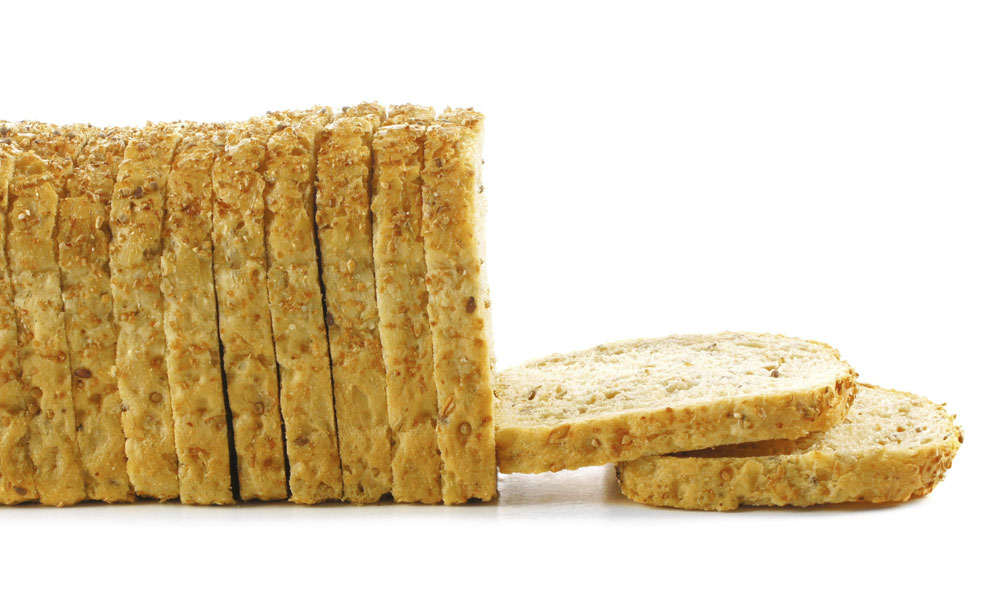
What Sliced Bread Can Teach Associations About Innovation
The process for making and distributing sliced bread hasn’t changed much since it was first sold 86 years ago this week, but the product opened the door to other innovations in the baking industry. What can associations learn from the durability of a simple, yet crucial, innovation?
Associations Now would like to wish a happy belated birthday to sliced bread!
On July 7, 1928, the Chillicothe Baking Company in Chillicothe, Missouri, made history by becoming the first bakery to produce and sell bread sliced using a machine invented by Otto Frederick Rohwedder. Another baker, Gustav Papendick, later improved on the machine by adding automatic wrapping, which kept the bread fresher longer.
You have to be willing to change to stay relevant to your members and your industry.
Sliced bread, a major technological leap at the time, hasn’t changed much over the years, but Rohwedder’s machine led to numerous other innovations in the baking industry.
“Bakers discovered that they could use bread in all kinds of different ways,” said Lee Sanders, CAE, senior vice president of government relations and public affairs at the American Bakers Association. “Not only do you have sliced bread, but you have sliced buns, you have Texas toast, you have extra thin bread, and you have toasting bread. Then you can use it to make sandwiches, French toast, garlic bread—there’s a use for sliced bread in every meal. It has created endless options for bakers and consumers.”
The product, and all of its variations, became such an American staple that even the U.S. government’s ban on the production of bread-slicing machines during World War II—with steel rationed for military uses—couldn’t hold, Sanders said. The public outcry was so loud that the ban was lifted after just three months.
The Best Thing Since…
Associations, always in the business of creating “the best thing since sliced bread” themselves, could learn a thing or two about innovation by understanding how the product was developed and has stood the test of time, Sanders said.
The one constant in life is change, which makes innovation necessary. “You have to be willing to change to stay relevant to your members and your industry,” she said. “Whether it’s sliced bread and coming up with new ways to use it or developing new products for your members, innovation is critical. You have to constantly be looking out for your members’ interests and needs and keep that top of mind.”
Rohwedder displayed that skill as he was developing the bread-slicing machine, Sanders said: “He tried to listen to what the consumers were talking about and what they wanted. He took their feedback and tried to mold it into the eventual finished product.”
Just as important is remembering your roots, she added.
“With all of the changes sliced bread has introduced to the baking industry, the product itself remains a staple. It’s just being true to your roots, true to your members—that’s the key to success.”
(iStock/Thinkstock)






Comments